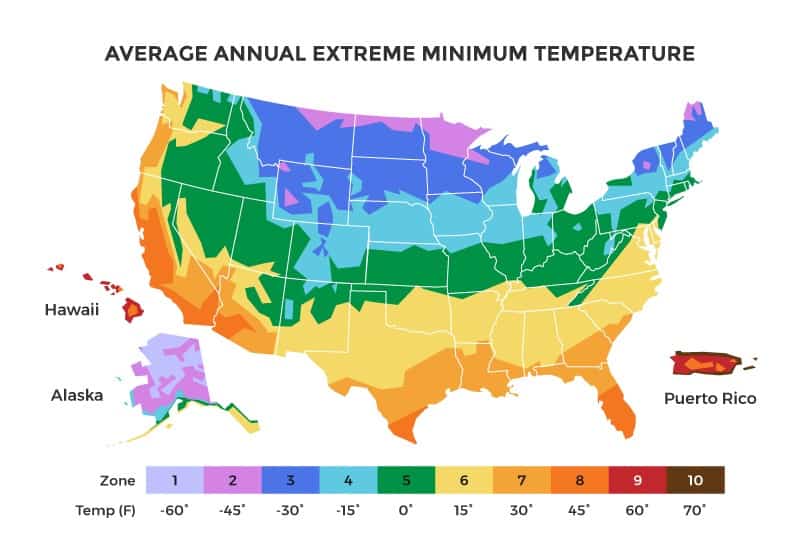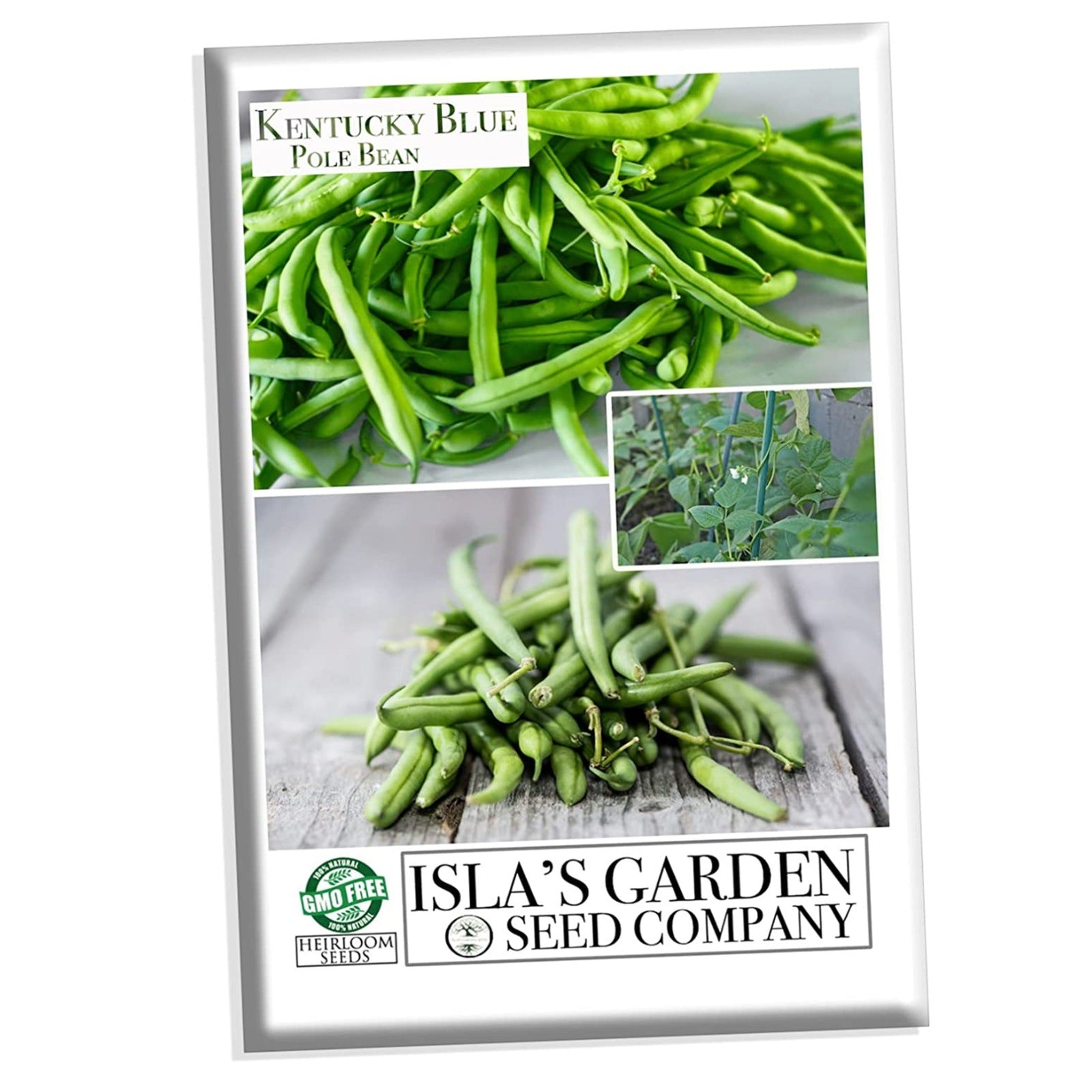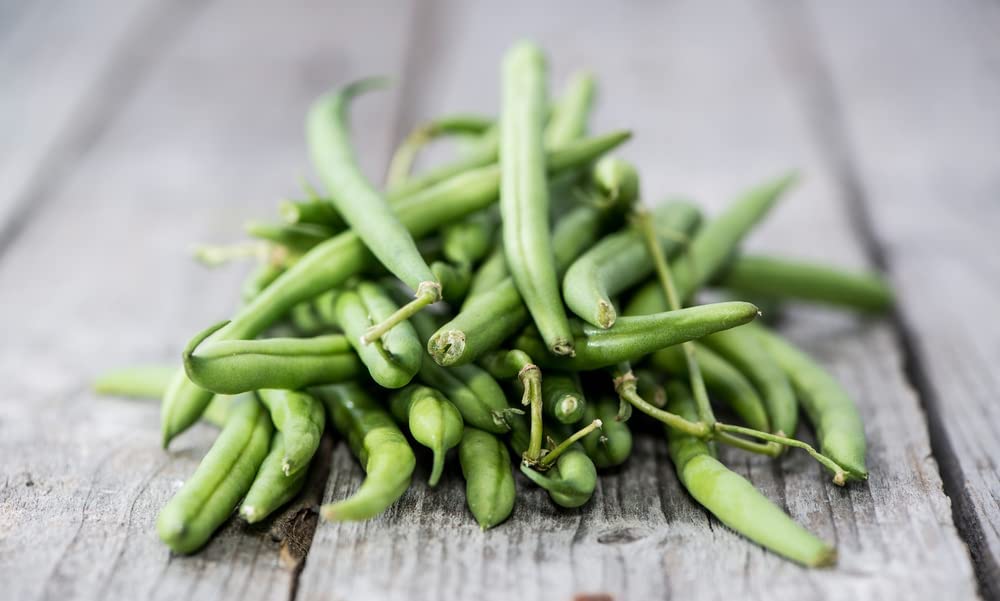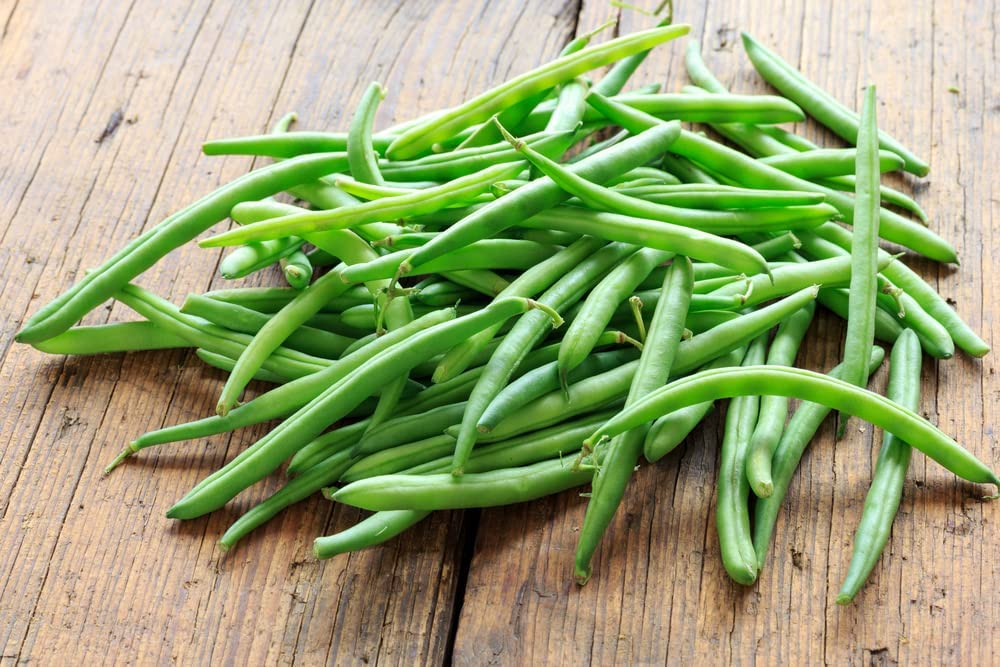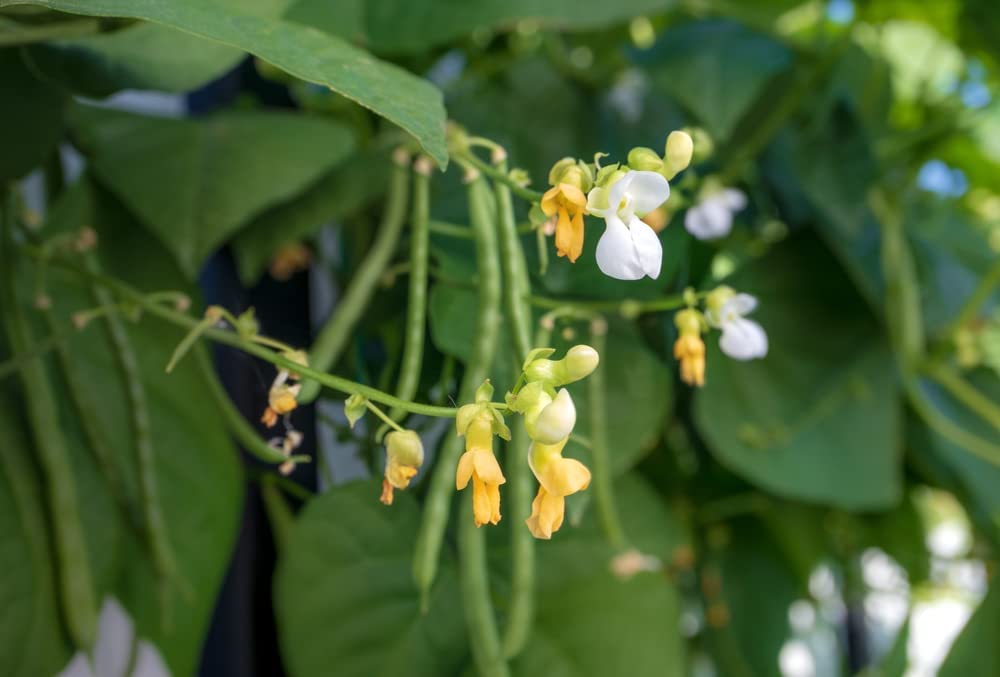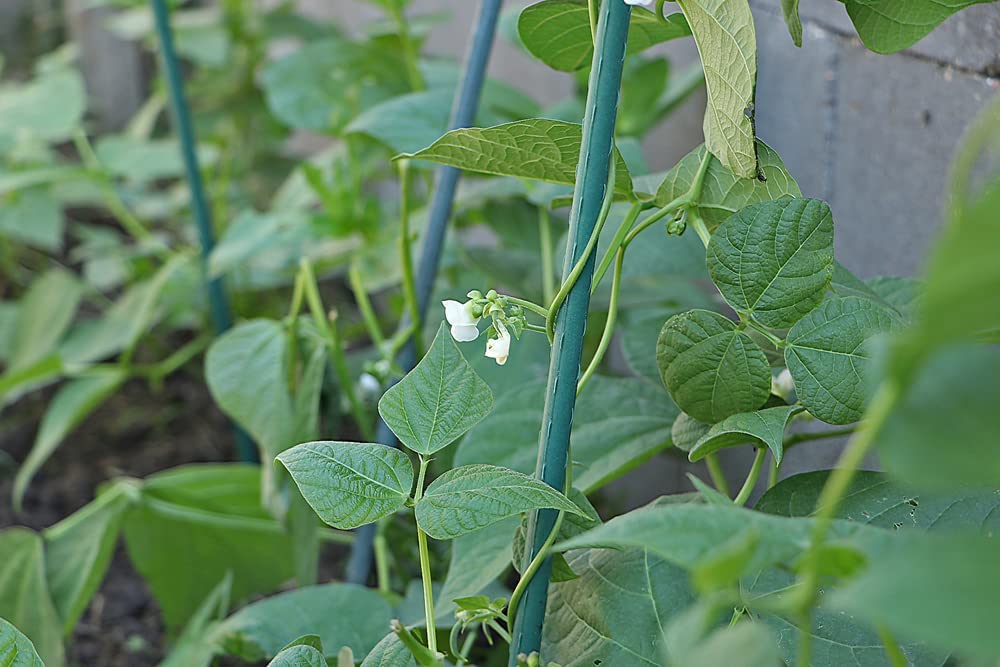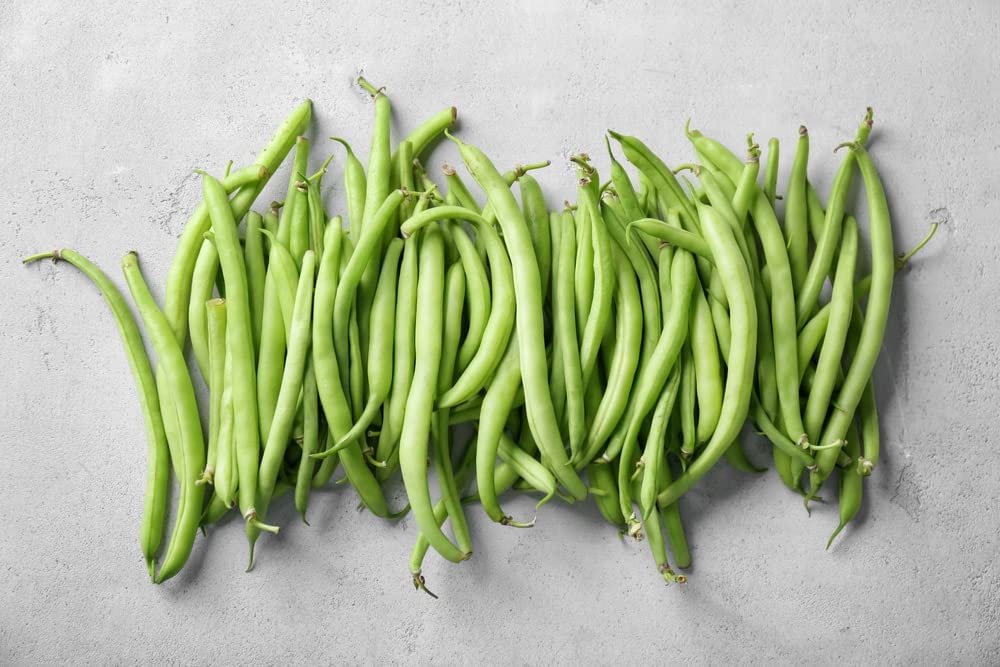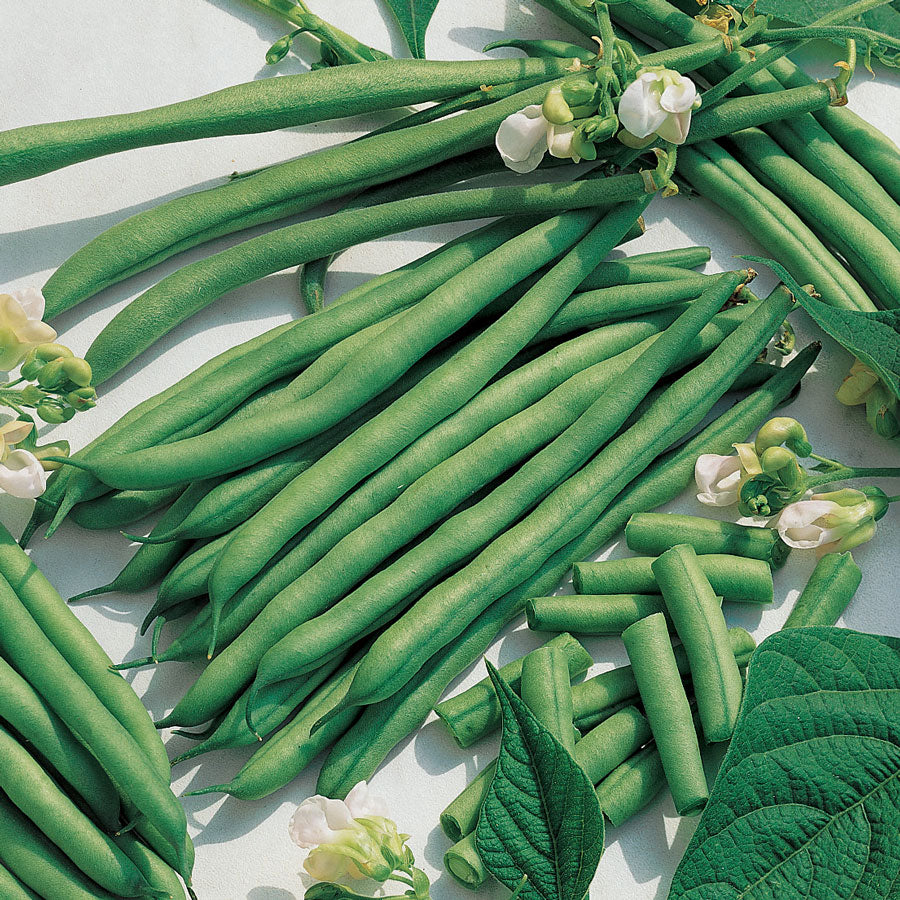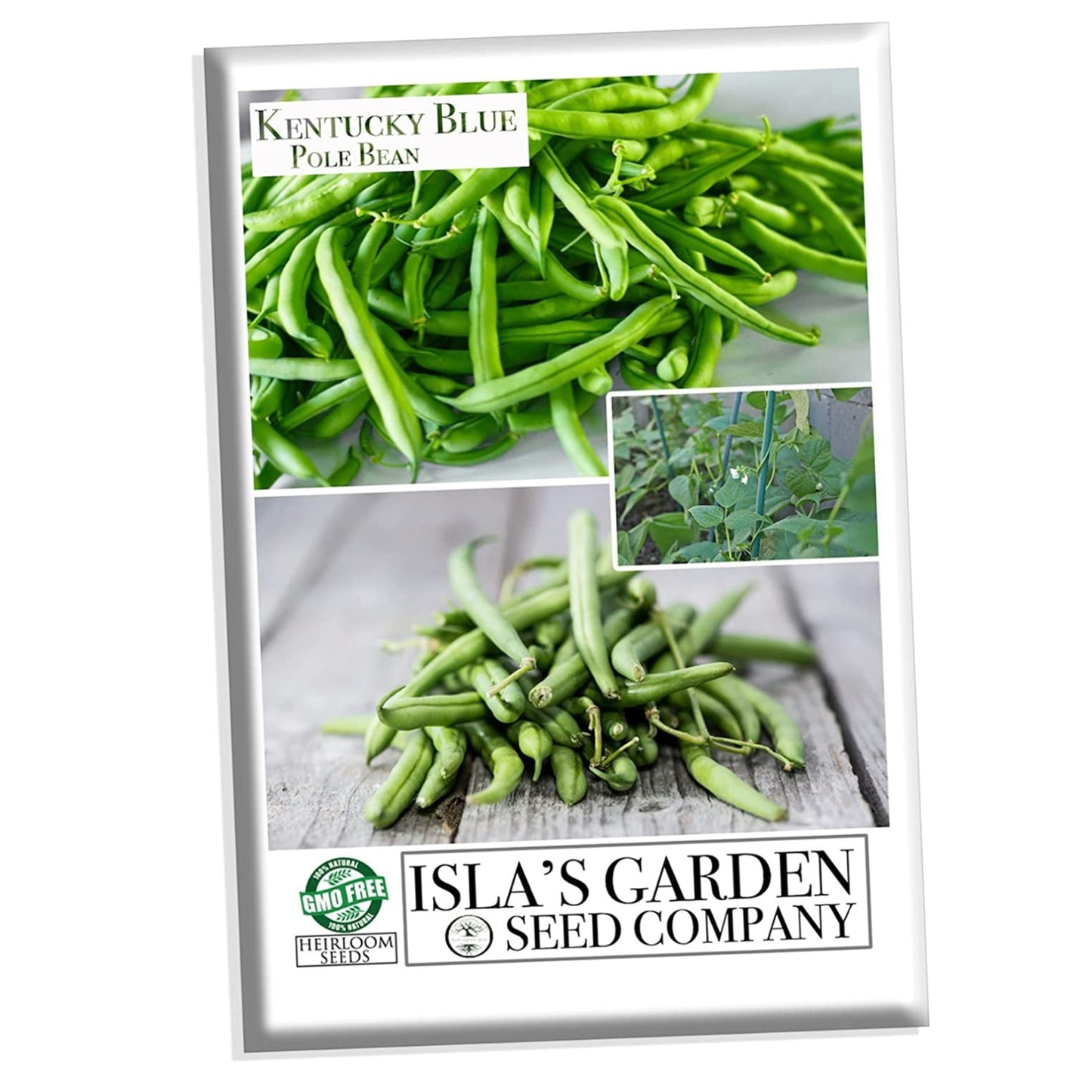
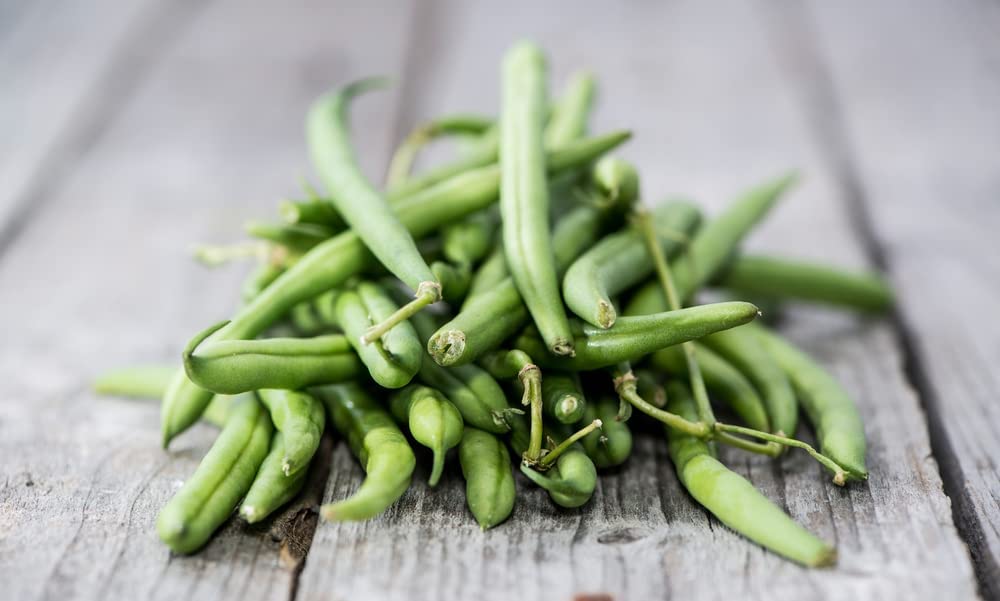
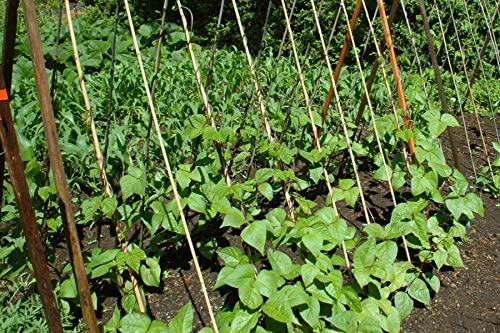

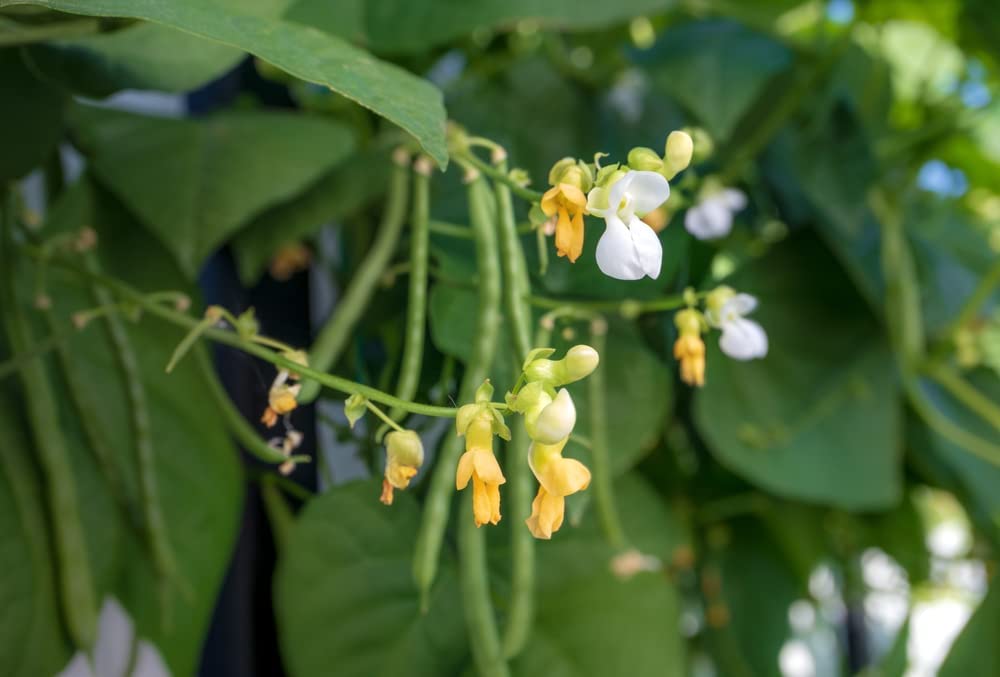
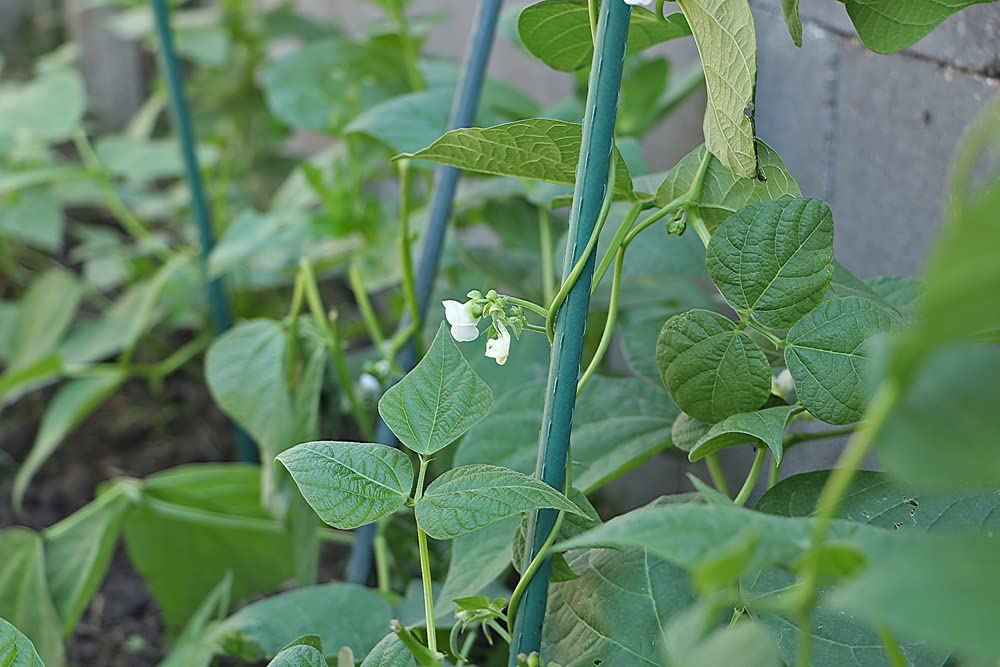
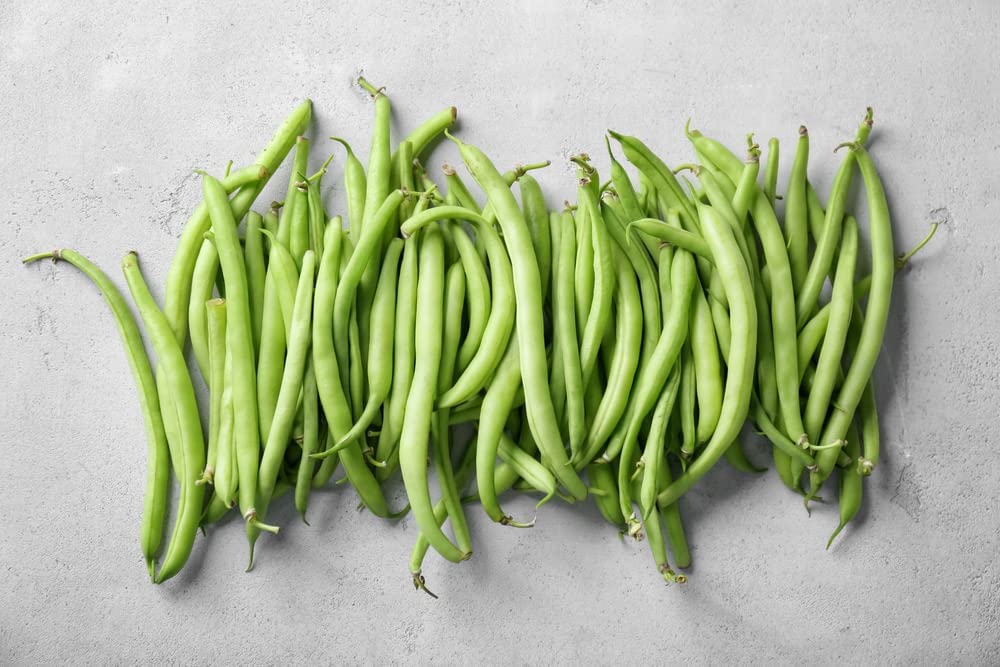
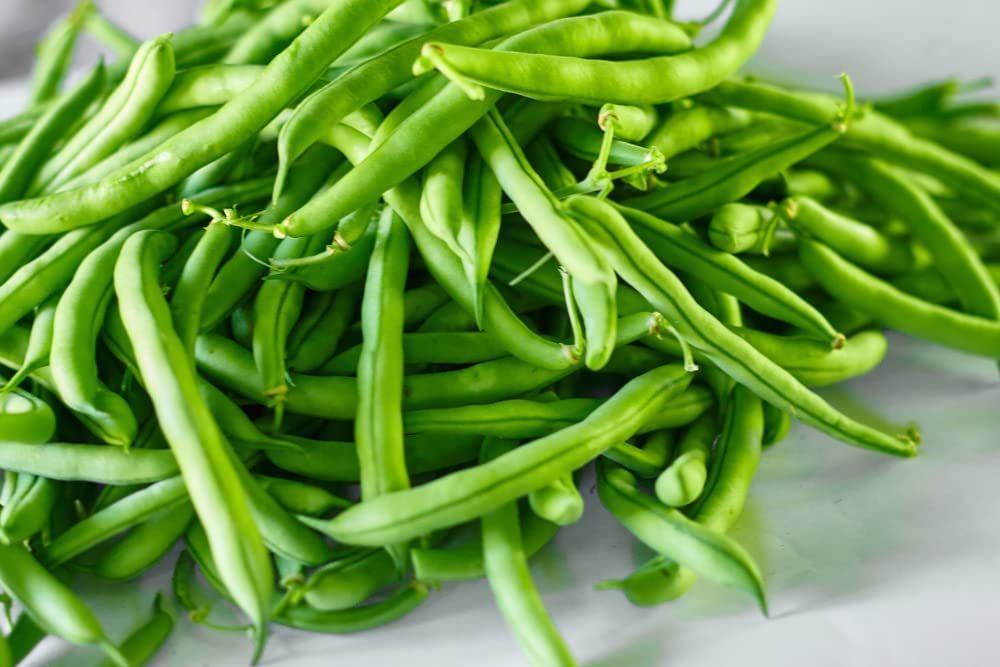
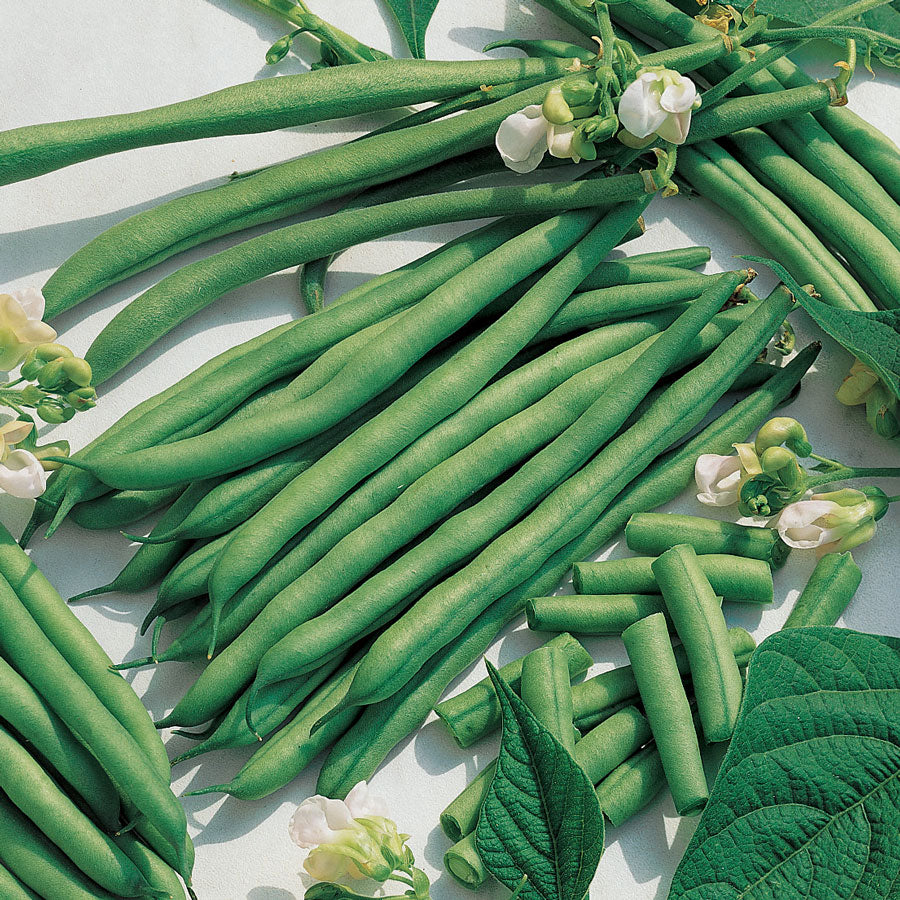
Phaseolus coccineus "Kentucky Blue"
Kentucky Blue Pole Beans are a variety of green bean plant that grow on tall, pole-like structures and require support as they grow. They are known for their large, flavorful pods that are typically harvested when they are young and tender. Kentucky Blue Pole Beans are a popular choice among gardeners due to their productivity and disease resistance. They are well-suited for use in canning and freezing, as well as for fresh eating. These beans are a staple in Southern cuisine, and are often used in traditional dishes such as succotash and casseroles.
Type: AnnualSun: Full
Planting Depth: 1”
Spacing: 4-6'
Water: Moderate
Days to Maturity/Bloom: 60 days
Height: 80”
Zones: 3-12
Planting Instructions
Type: AnnualSun: Full
Planting Depth: 1”
Spacing: 4-6'
Water: Moderate
Days to Maturity/Bloom: 60 days
Height: 80”
Zones: 3-12
Approx seeds per order 30
Vine beans can grow up to 15 feet long and need trellises, stakes, or fences to grow on for support. Pole varieties produce more beans than bush types and are generally more disease-resistant. Pole beans grow over a period of time, providing fresh beans for several weeks. As they are picked, they produce more.
Plant bean seeds after all danger of frost has passed, and soil temperature is 48F minimum. Plants need 6-8 hours of sunlight per day. Plant seeds 1” deep in mounds with 3-4 seeds in each at the base of your trellis or support. Make sure the support is set-up before you plant the seeds so the roots aren't disturbed by doing it later. Arrange supports at least 6” apart.
Water deeply and regularly. Weed carefully as they have shallow roots. Make sure you will be around when they are ready as they will not stay well on the plants once they are mature. Beans always need to be picked straight away and will not wait until you are ready! If they are left to sit on the vine for more than 2 days, they will not taste great.
USDA Zone Map
